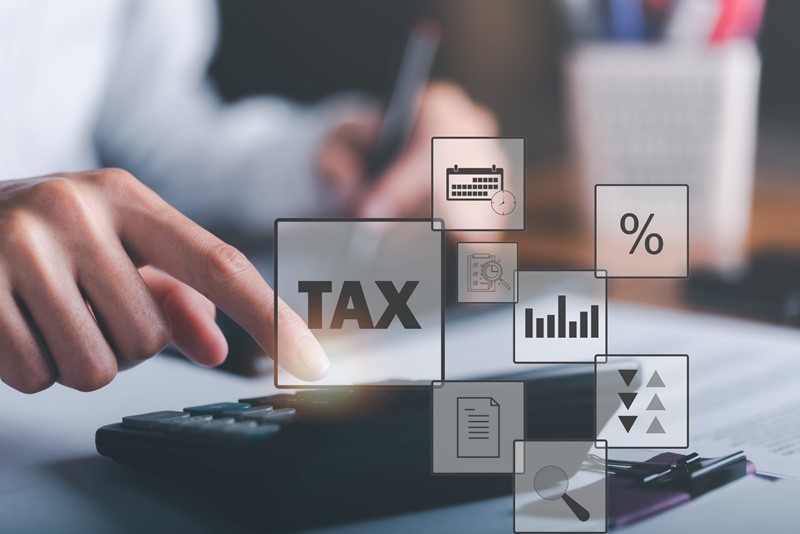Gift Hold-Over Relief defers the payment of Capital Gains Tax (CGT). It can be claimed when assets, including certain shares, are gifted or sold below their market value to benefit the buyer. The relief allows any gain on the asset to be 'held-over' until the recipient sells or disposes of it. This is achieved by reducing the recipient's acquisition cost by the amount of the held-over gain.
The person giving a qualifying asset is not liable for Capital Gains Tax (CGT) on the gift itself. However, CGT may be due if the asset is sold for less than its market value. Gifts between spouses and civil partners do not usually incur CGT. A claim for the relief must be made jointly with the person to whom the gift was made.
If you are giving away business assets you must:
- be a sole trader or business partner, or have at least 5% of voting rights in a company (known as your 'personal company'); and
- use the assets in your business or personal company.
You can usually get partial relief if you used the assets only partly for your business.
If you are giving away shares, then the shares must be in a company that is either:
- not listed on any recognised stock exchange; or
- your personal company.
The company's main activities must be in trading, for example providing goods or services, rather than non-trading activities such as investment activities.









